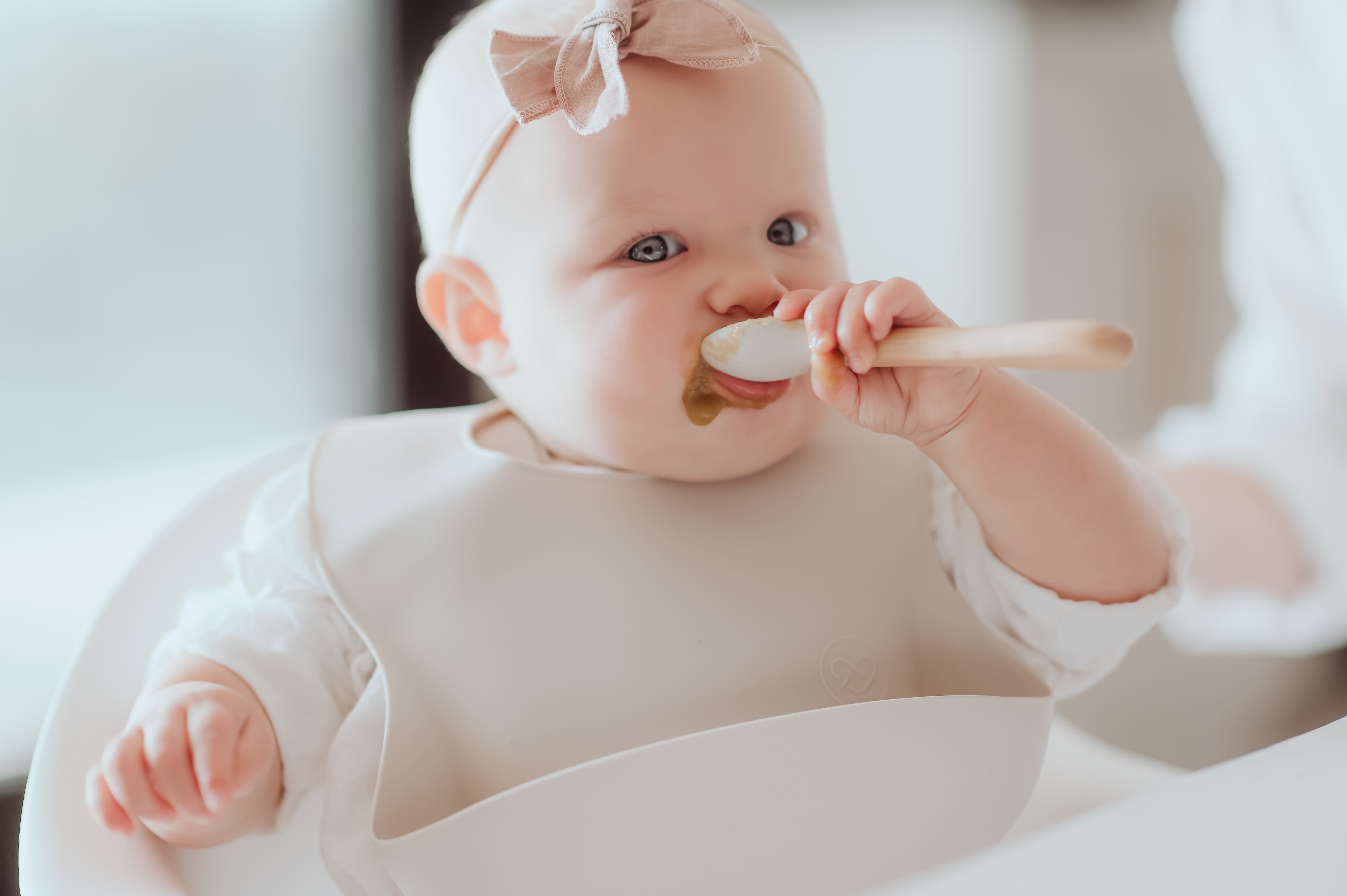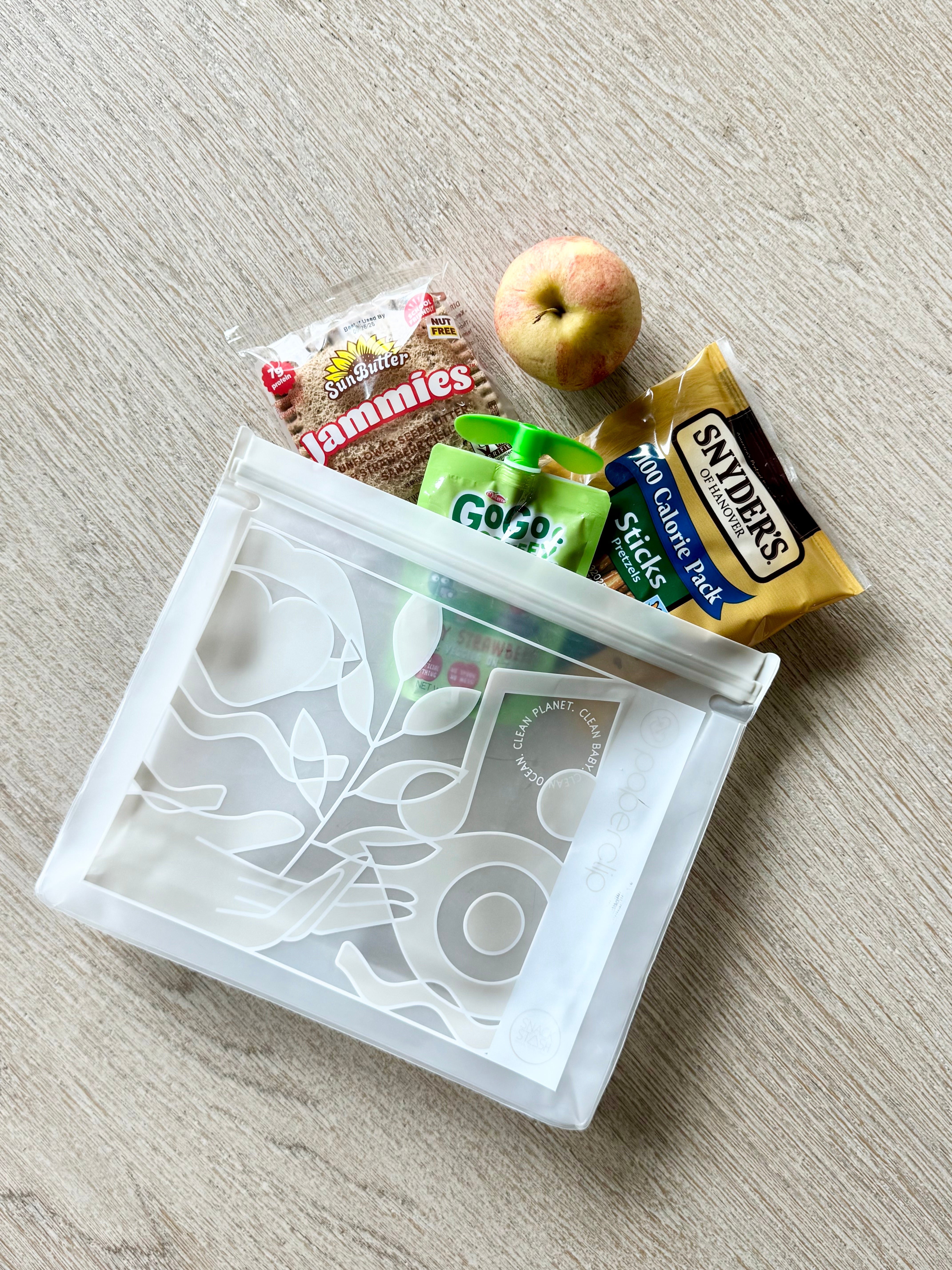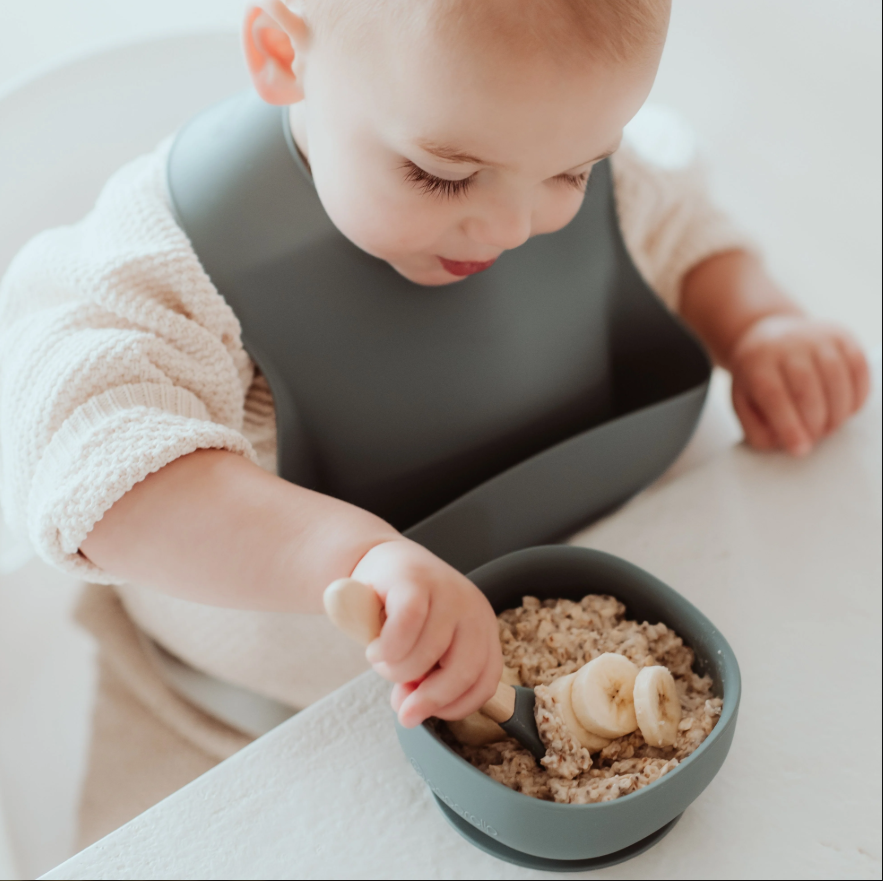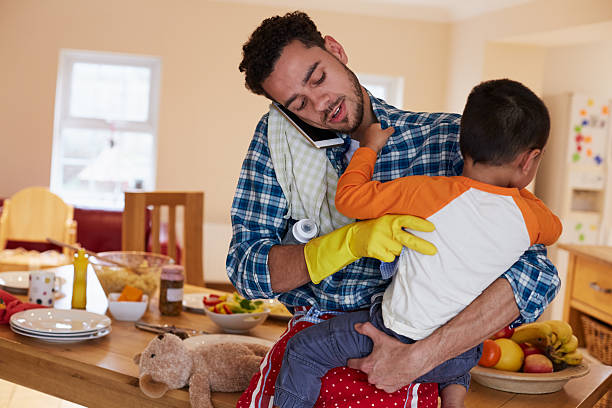One of the most exciting milestones in your baby’s first year is introducing solid foods. But when can babies eat solid food safely? Most experts, including the American Academy of Pediatrics (AAP), recommend starting around 6 months old. Before that, their tiny tummies aren’t quite ready, and early introduction can increase choking risks.
You might also be wondering: “When can babies eat baby food?” Spoiler alert: same answer. Around 6 months—but only if your baby shows signs they’re ready to level up from the bottle or breast.
1. Introduction
-
When can babies eat solid food?
-
When can babies eat baby food?
2. When to Introduce Solid Foods
-
Recommended age (6 months)
-
Risks of starting too early
-
Signs your baby is ready
3. Best First Foods for Baby
-
Iron-rich foods to start with
-
Foods to avoid (honey, choking hazards)
-
Introducing allergens safely
4. How to Prepare Baby Food
-
Texture guidelines (purees to finger foods)
-
Safety tips to prevent choking
-
Simple food prep ideas
5. How to Feed Your Baby Solids
-
Step-by-step feeding tips
-
Texture progression by age
-
Making mealtime fun
6. Recommended Feeding Tools
-
Why silicone feeding sets work best
-
Complete Silicone Feeding Set (product pitch)
7. Common Questions About Solids
-
Can I start at 4 months?
-
Do babies need solids before 12 months?
-
Does solid food help babies sleep?
8. Conclusion
-
Key takeaways
When to Introduce Solid Foods
Recommended Age: Around 6 Months
The CDC and pediatricians everywhere agree: Wait until around 6 months. Starting solids too early (like at 4 months) isn’t just frowned upon—it can lead to:
-
Choking hazards
-
Digestive drama
-
A higher risk of obesity later
Signs Your Baby Is Ready

Before introducing solids, check for these key readiness cues:
✔ Sits up with minimal support
✔ Holds head steady
✔ Opens mouth when food is offered
✔ No longer pushes food out with tongue (loss of tongue-thrust reflex)
If your baby isn't doing all of these yet by 6 months—no panic! Every baby moves at their own pace. Always consult your pediatrician if you’re unsure.
What Foods to Introduce First
Best First Foods for Baby
Start with iron-rich foods, as babies need extra iron around 6 months. Great options include:
-
Fortified infant cereal (mixed with breast milk or formula)
-
Pureed meats (chicken, beef, turkey)
-
Mashed beans & lentils
-
Soft fruits & veggies (avocado, banana, sweet potato)
Foods to Avoid
-
Honey (risk of botulism before 12 months)
-
Cow’s milk as a drink (before 12 months)
-
Choking hazards (whole nuts, popcorn, raw carrots)
Introducing Allergens
Old advice said "avoid allergens," but now we know early exposure (around 6 months) may actually reduce allergy risk. So feel free to cautiously try:
-
Peanuts (powdered or thinned peanut butter)
-
Eggs
-
Dairy
Always introduce one allergen at a time and watch for reactions like rashes or vomiting.
How to Prepare Food
When babies first try solid food, they need it super smooth, which is easiest using a blender like the Baeba Babycook. Think mashed, pureed, or strained foods that slide down easily. Babies often need time to get used to new textures - they might cough, gag, or spit up at first. That's totally normal! As they grow, you can slowly introduce thicker foods with more texture.
Safety First!

Some foods can cause choking, which is why texture matters so much. Always pick foods that melt easily in the mouth and don't need much chewing. This helps prevent choking accidents. Keep portions small and encourage slow eating. Never leave a baby alone while eating - always keep an eye on them.
Simple Food Prep Tips
Here's how to make eating safe and fun:
-
Mix cereals with breast milk, formula, or water until smooth and easy to swallow.
-
Mash or puree fruits and vegetables thoroughly.
-
Cook food until it's soft enough to squish easily with a fork.
-
Hard fruits and veggies (like apples and carrots) should be cooked until soft before mashing.
-
Always remove fat, skin, and bones from meat, chicken, and fish before cooking.
-
Take out all seeds and pits from fruit, then cut into tiny pieces.
-
Slice soft foods into small, manageable pieces.
-
Cut hot dogs, sausages, and string cheese into short, thin strips instead of round pieces (round pieces can block airways).
-
Small round foods like grapes, cherries, and tomatoes should be cut into quarters or smaller pieces.
-
When using whole grains like wheat, barley, or rice, cook thoroughly and grind or mash them finely.
How to Introduce Solid Foods

Step-by-Step Feeding Tips
-
Start small—1–2 teaspoons per day is plenty
-
Use a spoon (not a bottle, no matter what Grandma says)
-
Introduce one food at a time—wait 3–5 days to monitor reactions
-
Watch for cues—when baby turns their head, they’re basically saying, “No more, thanks!”
Texture Progression
-
6–7 months: Smooth purees
-
8–9 months: Thicker mashes & soft finger foods
-
10–12 months: Chopped soft foods & self-feeding
Make Mealtime Fun!
-
Use baby-friendly dishes like this Silicone Feeding Set (non-slip & easy to clean!).
-
Let your baby explore textures—messy eating is part of learning!
Recommended Feeding Tools
Why Silicone Sets Rock
Silicone feeding tools are soft, safe, and practically magic when it comes to clean-up. Paperclip’s Complete Silicone Feeding Set comes with everything you need to survive (and maybe even enjoy) the first food phase:
✔ Non-slip bowls
✔ Soft-tipped spoons
✔ Spill-resistant magic (well, almost)
Common Questions About Solids
1. Can I feed my 4-month-old solid food?
Most babies aren’t ready before 6 months. Check with your doctor first.
2. Do babies need solid food before 12 months?
Solids complement breast milk/formula but shouldn’t replace them until after 12 months.
3. Does solid food help babies sleep longer?
Unfortunately, no. That’s a myth—and one that doesn’t come with more sleep.
4. What if my baby refuses solid food?
Stay patient! It can take 10-15 tries before a baby accepts a new food.
Now that you know babies can begin solid foods around 6 months, you're ready to embark on this exciting feeding journey. The keys to success include watching for readiness cues like sitting up and showing interest in food, starting with iron-rich purees, and gradually progressing textures. For a smoother experience, our Complete Silicone Feeding Set offers the perfect tools—with soft spoons and non-slip bowls designed to make those first meals easier and more enjoyable for both you and your little one.
Got questions? Drop them in the comments below! 👇
Popular Articles
Help! My Silicone Tastes Like Soap!
Back-to-Preschool, the Eco-Friendly Way: 7 Simple Swaps for Greener Mornings
If you're looking to make mornings smoother and more sustainable, here are 7 simple, eco-friendly swaps perfect for preschoolers and the grownups who love them.
Read More





